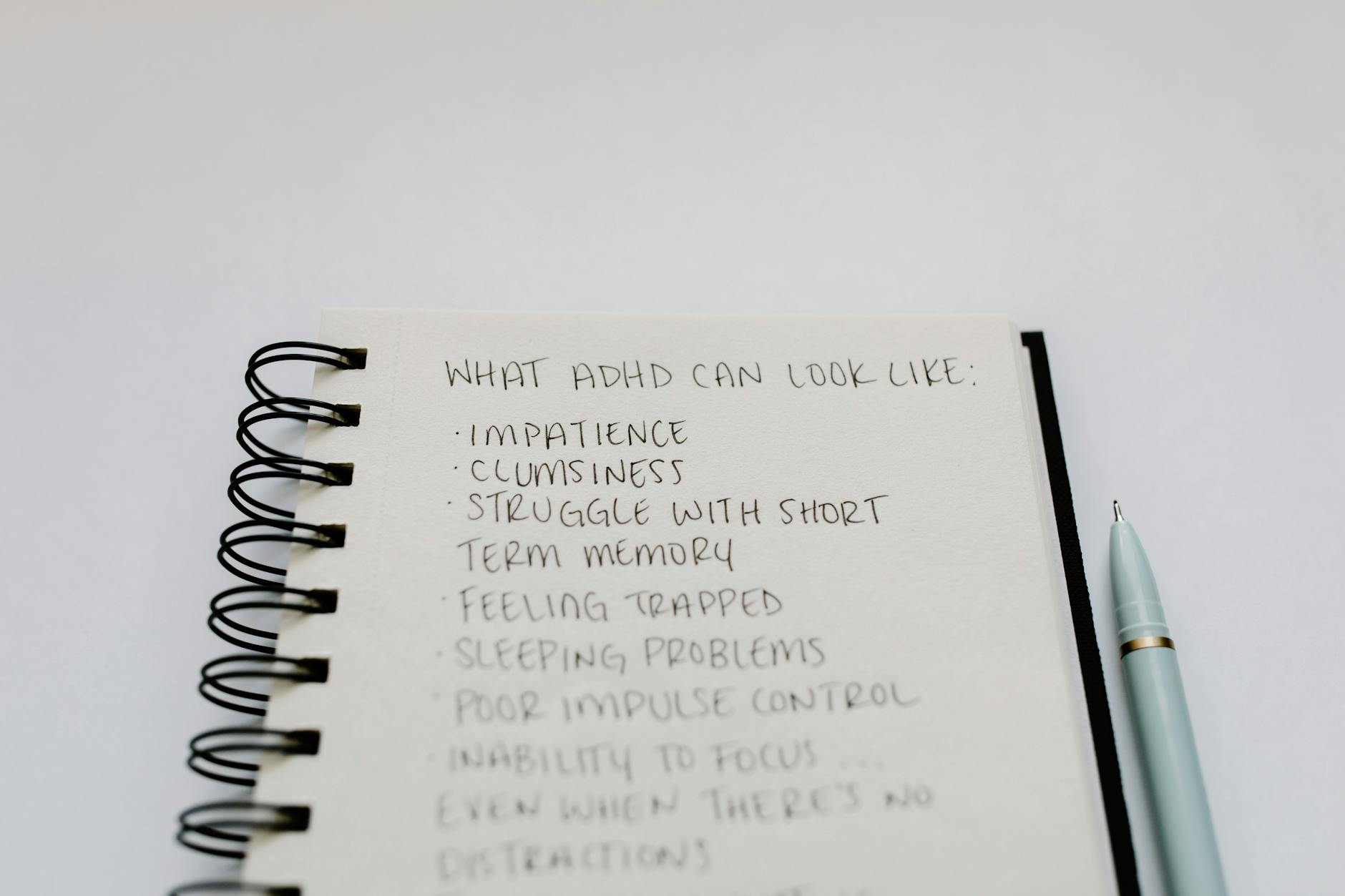Uncover the hidden war within the mind: a deep dive into the complex world of PTSD and its lasting impact.
Table of Contents
Post-traumatic stress disorder, commonly known as PTSD, is a mental health condition that can develop after experiencing or witnessing a traumatic event. It affects individuals from all walks of life, regardless of age, gender, or background. The effects of PTSD can be debilitating, affecting one’s daily life and overall well-being. In this blog post, we will explore the nature of PTSD, its symptoms, and ways to manage and cope with this silent battle.
Understanding PTSD
PTSD is a psychological response to a traumatic event, such as a serious accident, natural disaster, war, or physical violence. The individual may feel intense fear, helplessness, or horror during the event, leading to the development of PTSD symptoms. These symptoms can include flashbacks, nightmares, severe anxiety, and avoidance of triggers related to the traumatic event.
Recognizing the Symptoms
It is essential to recognize the symptoms of PTSD to seek timely help and support. Some common symptoms include:
- Flashbacks and intrusive memories of the traumatic event
- Nightmares and trouble sleeping
- Severe anxiety and hypervigilance
- Avoidance of triggers related to the trauma
- Mood swings and irritability
- Feelings of guilt, shame, or despair
Seeking Help and Treatment
If you or someone you know is experiencing symptoms of PTSD, it is crucial to seek help from a mental health professional. Effective treatment options for PTSD include therapy, medication, and support groups. Therapy, such as cognitive-behavioral therapy (CBT) and exposure therapy, can help individuals process their trauma and develop healthy coping mechanisms.
Coping Strategies for PTSD
Living with PTSD can be challenging, but there are coping strategies that can help manage symptoms and improve overall well-being. Some effective coping strategies include:
| Effects of PTSD | Common Symptoms |
|---|---|
| Emotional | Flashbacks, nightmares, guilt, anger, anxiety |
| Physical | Insomnia, fatigue, headaches, gastrointestinal issues |
| Social | Isolation, difficulty trusting others, relationship issues |
| Cognitive | Difficulty concentrating, memory problems, negative thoughts |
- Engaging in regular physical exercise to reduce stress and anxiety
- Practicing mindfulness and relaxation techniques, such as deep breathing and meditation
- Establishing a daily routine to create stability and predictability
- Connecting with supportive friends and family members for emotional support
- Engaging in creative outlets, such as art or music, to express emotions
Building Resilience and Moving Forward
Recovery from PTSD is a journey that requires patience, self-care, and resilience. By seeking help, practicing self-care, and using coping strategies, individuals can gradually overcome the challenges of PTSD and move forward with their lives. Building resilience and maintaining a positive outlook are essential steps towards healing and recovery.
Remember, you are not alone in this battle. Reach out for help, take care of yourself, and believe in your strength to overcome PTSD. Together, we can raise awareness, support those affected by PTSD, and break the silence surrounding this mental health condition.
Frequently Asked Questions (FAQ)
Question 1: What are the common causes of PTSD?
Answer 1: PTSD can develop after experiencing or witnessing a traumatic event, such as war, physical violence, natural disasters, or accidents.
Question 2: How can I help someone with PTSD?
Answer 2: Offer your support, listen without judgment, and encourage them to seek professional help from a therapist or counselor.
Question 3: Can PTSD be cured?
Answer 3: While PTSD cannot be cured, it can be effectively managed with therapy, medication, and support, allowing individuals to lead fulfilling lives.
Question 4: How can I build resilience after experiencing trauma?
Answer 4: Building resilience involves seeking support, practicing self-care, using coping strategies, and maintaining a positive outlook to overcome the challenges of PTSD and move forward.





